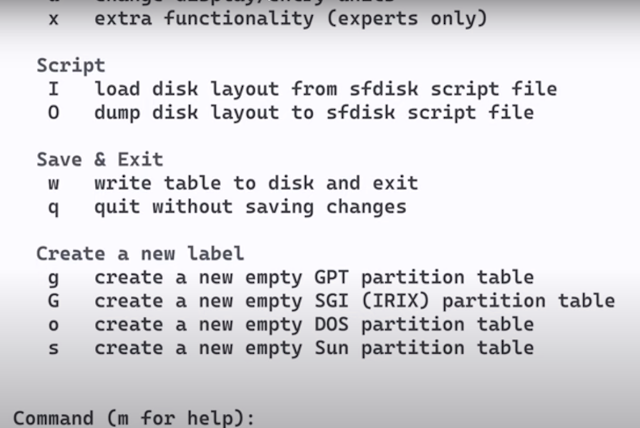LVM
LOGICAL VOLUME MANAGER
.what is LVM and it's example
.Advantage of LVM
.Possibilities of LVM
.Real -time LVM example
. Adding new space/disk using LVM
.Extending the space using LVM
LVM
LVM Is used to manage volume and disk on the linux server
Logical volume Manager allows disk to be combined together.
Example of LVM
LIKE Partition of disk in windows C, D Drive similarly we can do the same in the Linux.
.Single disk can be divided into different partitions.
Multiple disk combined and group them into one -> then change it into different partitions.
Advantage OF LVM
.IN CASE OF DISK IS RUNNING OUT OF SPACE, YOU Can add disk without breaking partitions of your file system.
Possibilities of LVM
.New space can be created on a server for new project
.in case of low disk space, increase the space.
in case of extra space allocated to a partition ,capacity can be reallocated (reduce capacity in one volume group and add it to another).
Requirement
We need to deploy two new applicationsapp1 and app2 on our server and need a separate partitions and space for each application.
Steps of lVM for adding new space
1 install new hard disk drive
2. Make a partition to use it
3.Desiganate physical volume (pv)
4. Manage volume group (VG)
5. Manage logical volume (LV)
6. Apply a filesystem
7. Set a mount point













Comments
Post a Comment